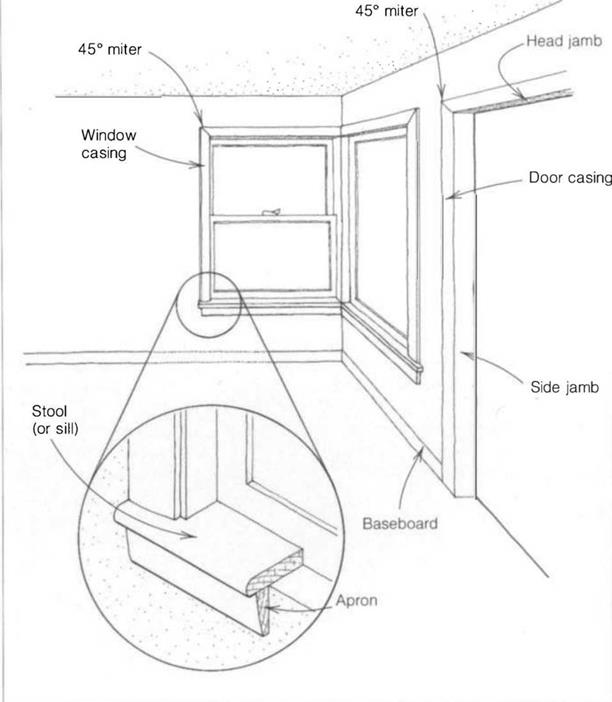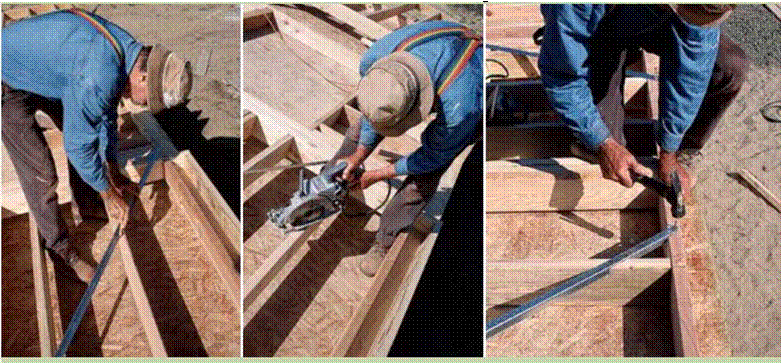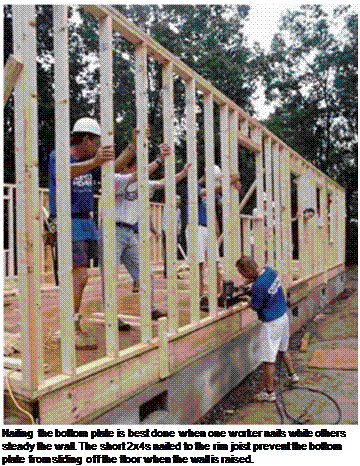A dam to protect Tiryns
A catastrophe strikes the city of Tiryns toward the end of the Mycenaen civilization. The city is located on an alluvial plain about one kilometer from the sea; the palace is 24 m above sea level, on a limestone hill. The city itself is at the foot of the palace, to the east and south. The watercourse along which the city is located, the Lakissa, leaves the mountains on a steep slope of nearly 15 m/km as dictated by the local topography.
Levees normally protect the city from the caprices of the river. But in about 1200 BC, at essentially the same time that the nearby city of Mycenae and its palaces were destroyed and burned, an exceptional event occurred...
read more







![STEP 6 RAISE THE WALLS Подпись: 1. To mark the cut line, position the brace diagonally across the wall section from the bottom plate to the double top plate, and then pencil a line along one edge of every framing member the brace crosses. [Photo © Larry Haun]](/img/1312/image329_0.gif)

![STEP 6 RAISE THE WALLS Подпись: The first wall goes up! Make sure you have enough help when you're ready to raise the walls. Have one person take charge, and get everyone to lift in unison. [Photo by HFHI/Will Crocker]](/img/1312/image331_0.gif) When you remove the temporary blocks nailed to the rim joist, be sure to pull the nails or bend them over so that no one gets a nail in the foot!
When you remove the temporary blocks nailed to the rim joist, be sure to pull the nails or bend them over so that no one gets a nail in the foot!
